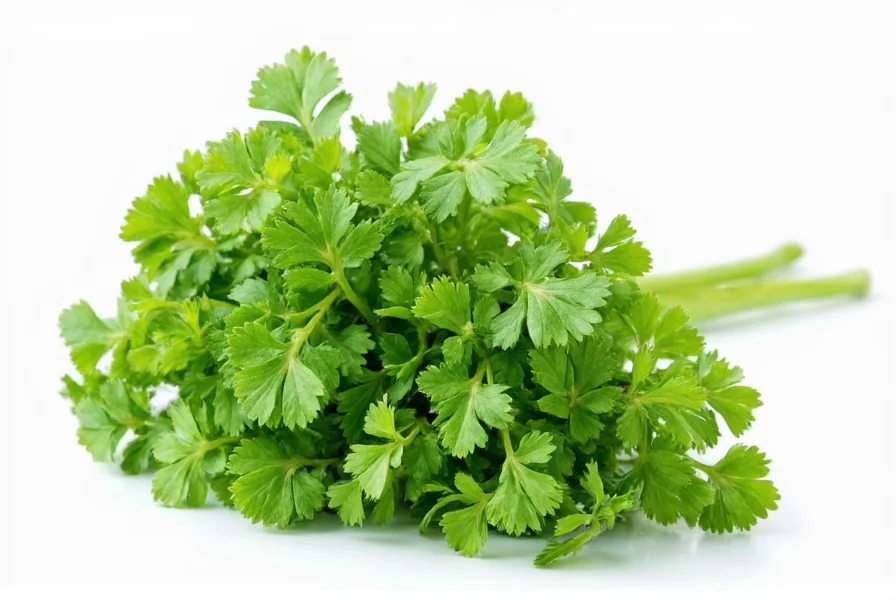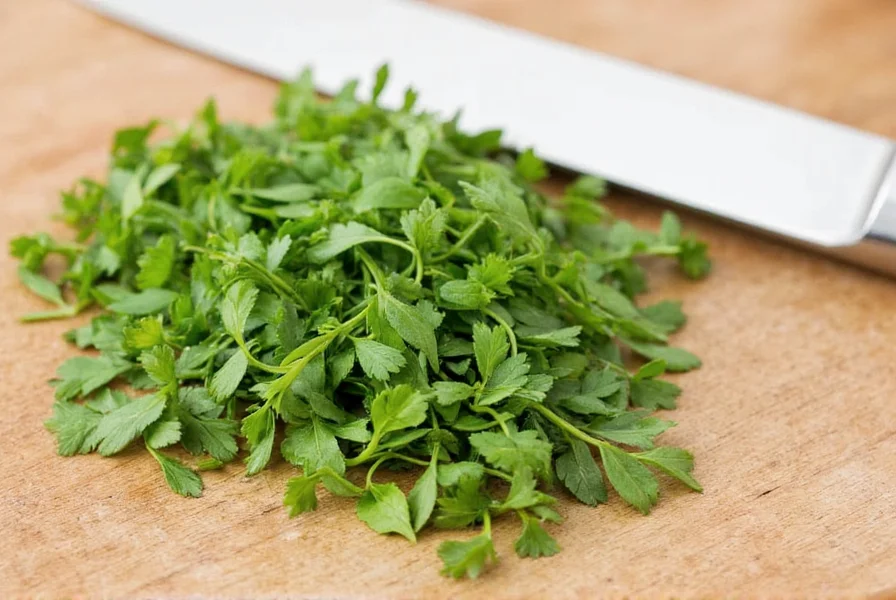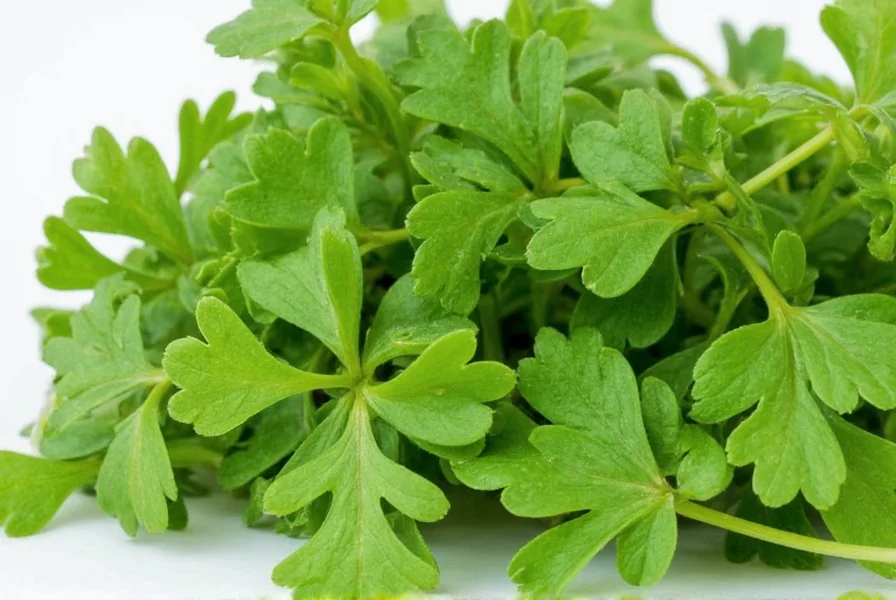Understanding Coriander Herb: More Than Just a Garnish
While many recognize coriander herb as the vibrant green garnish on tacos or curries, this versatile plant offers far more culinary and botanical interest. Botanically classified as Coriandrum sativum, the same plant produces both the fresh herb (coriander leaves) and the dried spice (coriander seeds), though regional naming conventions often cause confusion. In the United States, "cilantro" typically refers to the fresh leaves while "coriander" denotes the seeds, whereas in the UK and many Commonwealth countries, "coriander" describes both forms.

Coriander Herb vs. Cilantro: Clearing the Naming Confusion
The terminology surrounding this herb creates one of the most common points of confusion in international cooking. Understanding these naming differences prevents recipe mishaps and enhances your culinary knowledge:
| Region | Leaves Term | Seeds Term | Common Usage Context |
|---|---|---|---|
| United States | Cilantro | Coriander | "Add cilantro to the salsa" vs "Use ground coriander in curry" |
| United Kingdom | Coriander (leaves) | Coriander (seeds) | "Chop fresh coriander" vs "Toast coriander seeds" |
| India/Southeast Asia | Dhaniya (leaves) | Dhaniya (seeds) | Differentiated by context or "hari" (green) for leaves |
Culinary Applications of Fresh Coriander
Professional chefs and home cooks value coriander herb for its bright, citrus-forward flavor that complements spicy, rich, and acidic dishes. Unlike many herbs that benefit from cooking, fresh coriander's volatile oils degrade quickly with heat, making it primarily a finishing herb. The optimal approach for using coriander herb in cooking involves adding it just before serving to preserve its distinctive flavor profile.
When incorporating coriander herb into recipes, consider these expert techniques:
- Chop leaves finely for salsas and chutneys to distribute flavor evenly
- Use whole sprigs as edible garnish for soups and curries
- Blend with yogurt for refreshing raitas or dipping sauces
- Add to smoothies for a nutritional boost without overpowering flavor
- Combine with lime juice and garlic for classic chimichurri variations
Maximizing Freshness: Storing Coriander Herb Properly
One of the biggest challenges with coriander herb is its notoriously short shelf life. Understanding how to store coriander herb properly can extend its freshness by several days. The most effective method involves treating it like cut flowers:
- Trim the bottom of the stems
- Place in a glass with 1-2 inches of water
- Cover loosely with a plastic bag
- Store in the refrigerator
- Change water every 2 days
This technique typically keeps coriander herb vibrant for 7-10 days, compared to the 2-3 days when stored in standard produce containers. For longer preservation, chop the leaves and freeze them in ice cube trays with a small amount of water or oil—a method particularly useful for preserving coriander herb for winter cooking.
Nutritional Profile and Health Considerations
Coriander herb offers more than just flavor—it contributes valuable nutrients to your diet. A quarter cup (approximately 4 grams) of fresh coriander provides:
- Significant vitamin K (16% of daily value)
- Moderate vitamin C (2% of daily value)
- Trace minerals including potassium and manganese
- Antioxidants like quercetin and terpenes
Research suggests potential health benefits associated with regular consumption of coriander herb, including anti-inflammatory properties and possible blood sugar regulation effects. However, these findings come from preliminary studies, and coriander should be viewed as part of a balanced diet rather than a treatment for medical conditions. Individuals taking blood thinners should monitor their coriander consumption due to its vitamin K content.

Common Mistakes When Cooking with Coriander Herb
Even experienced cooks sometimes mishandle this delicate herb. Avoid these common errors to maximize flavor in your dishes:
- Overcooking - Adding coriander too early in the cooking process destroys its delicate flavor
- Improper washing - Not drying thoroughly leads to diluted flavors in dressings and sauces
- Using stems indiscriminately - While tender stems can be used, thick stems have a bitter flavor
- Confusing with culantro - This similar-looking herb has a much stronger flavor and isn't a direct substitute
Seasonal Availability and Substitution Options
Fresh coriander herb is typically most abundant during warmer months but available year-round in most supermarkets. When fresh coriander isn't available, consider these substitution strategies:
- For similar flavor: Use flat-leaf parsley with a squeeze of lime juice
- For texture in garnishes: Try microgreens or pea shoots
- When recipe calls for large quantities: Consider culantro (reducing amount by half)
- As last resort: Dried coriander leaves (though flavor profile differs significantly)
Remember that no substitute perfectly replicates fresh coriander's unique flavor, making proper storage techniques essential for enjoying this herb throughout the year.
Frequently Asked Questions
Is coriander herb the same as cilantro?
Yes, coriander herb and cilantro refer to the same plant's fresh leaves. The difference is primarily regional terminology—"cilantro" is commonly used in the United States while "coriander" describes the leaves in the UK and many other countries. The seeds of the same plant are always called coriander seeds regardless of region.
Why does coriander herb taste like soap to some people?
Approximately 20-25% of people possess a genetic variation that causes them to perceive coriander herb as soapy. This is due to specific olfactory-receptor genes that interpret the aldehydes in coriander similarly to how they process certain soap compounds. The phenomenon is genetic and cannot be changed through repeated exposure.
Can I grow coriander herb indoors?
Yes, coriander herb grows well indoors in containers with proper conditions. Use a pot at least 8 inches deep with well-draining soil, place in a south-facing window with 6+ hours of sunlight daily, and maintain consistent moisture without waterlogging. Note that indoor coriander may grow more slowly than outdoor plants and benefits from regular harvesting to encourage new growth.
How do I know when coriander herb has gone bad?
Fresh coriander herb has spoiled when it develops dark spots, becomes slimy to the touch, or emits a sour or unpleasant odor. Slightly wilted coriander can often be revived by placing stems in cold water, but any signs of mold or significant discoloration mean it should be discarded immediately.











 浙公网安备
33010002000092号
浙公网安备
33010002000092号 浙B2-20120091-4
浙B2-20120091-4